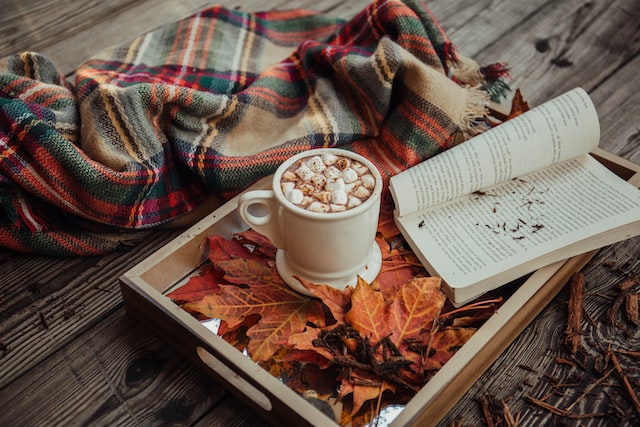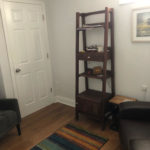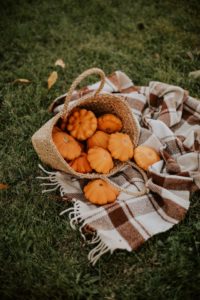
Cuffing Season
By: Riley Fortier, M.Ed.
What is cuffing season
In its most basic definition, “cuffing season” is the time of the year that people are specifically looking to be in a relationship. In the Northern hemisphere, this happens in the beginning of Fall, around late September/October and ending in the Spring around April. “Cuffing” refers to getting “handcuffed” (yikes) or tied-down to a partner.
During the colder months, people are more likely to stay indoors in the warmth and the idea is that people would like a romantic partner to share that time with. It’s true that serotonin levels naturally drop with the temperature (Cohen, 2021) so people can start to feel down, which can trigger a desire to find someone to spend time with to combat that feeling.
Tips
Many people feel pressure to be in a relationship during this time of year. There are three main things you might want to consider:
- What you actually want – Do you really want to be in a short-term relationship? Would it be beneficial for you during this time in your life? Would the break up in the Spring be worth it?
- Define your boundaries – If this is strictly a short-term relationship for the winter, be up front about that and let them know BEFORE getting into a relationship with them. Is this relationship just to hook up and go do cold-weather activities with? What sort of emotional aspect (if any) are you looking for? Whatever your boundaries are, they should be explicit and stated (and agreed upon) before getting into a relationship.
- Communication – Communicate your boundaries at the front end of the relationship. But also do regular check ins. Is this working for you? Is this working for BOTH of you? Are your feelings about this relationship changing? Getting more intense? Less intense? Make sure there is open and honest communication throughout the relationship.
the draft is officially underway pic.twitter.com/4FPFVqyRiZ
— tweet davidson 🍞 (@andykreed) September 1, 2022
Main Points
Time to yourself
Think of all the things that you can do during the colder months. You can finally read that book you’ve been procrastinating on. You can catch up on a new show, or rewatch Gilmore Girls for the fifth time. Instead of actively seeking out someone to pass the time with, you can enjoy these cold months by yourself, and have a good time doing it.
Identities
“Cuffing season” focuses mainly on cisgender, heterosexual women. Maybe it’s time to unpack why it’s only this group of people that feel pressured to be in a relationship. What political, social, economic, etc. values does this speak to? Do women NEED to be in a relationship like this?
Cultural Importance
Focus on monogamy and distancing from the importance of community. Specifically in the U.S., there is a huge focus on having one and only one partner that can fill all your needs. There are other relationship structures that look to unpack that. Nonmonogamy and polyamory fundamentally challenge that, with people having, or being open to having, multiple partners.
Other cultures around the world have a much less individualistic society, meaning that the focus on community is much more prevalent. If folks have a tight-knit community, it can take some focus off of needing to be in a relationship. You can get most (if not all) of your needs met by a good community.
And for my asexual and/or aromantic readers, solidarity to you all. You don’t need to do any of these things.
References/Resources
https://www.womenshealthmag.com/relationships/a19959037/cuffing-season/
https://www.buzzfeednews.com/article/stefficao/cuffing-season-meme-dating-preseason-report
https://www.vogue.com/article/anti-cuffing-season-looks-for-fall-and-winter












